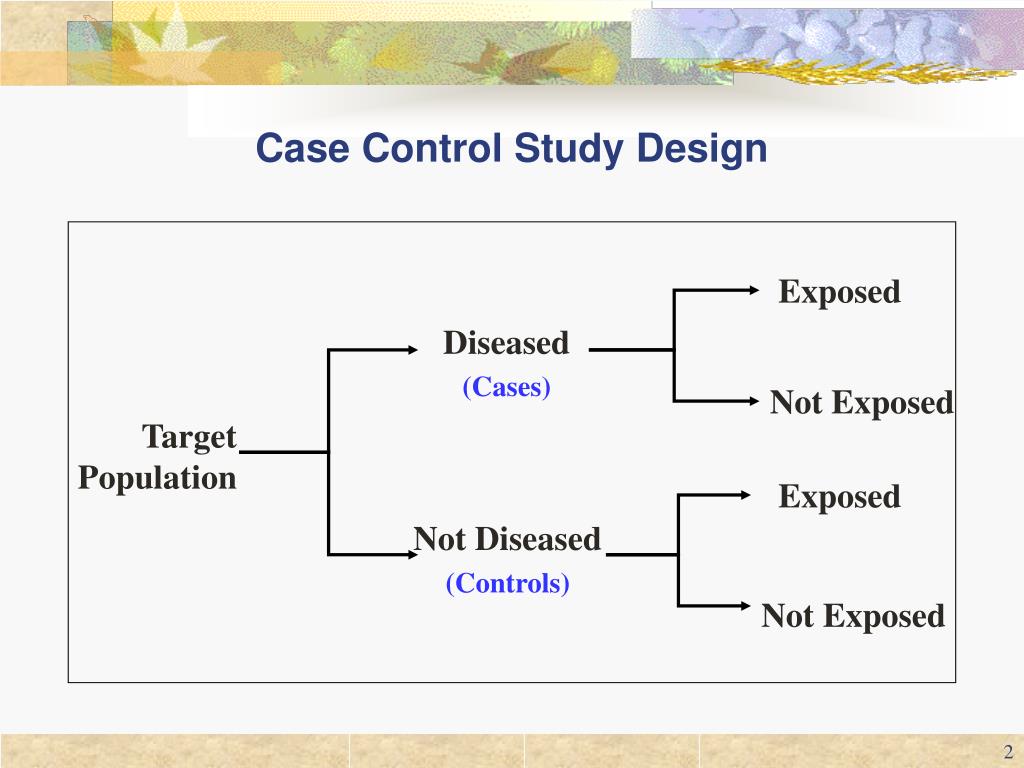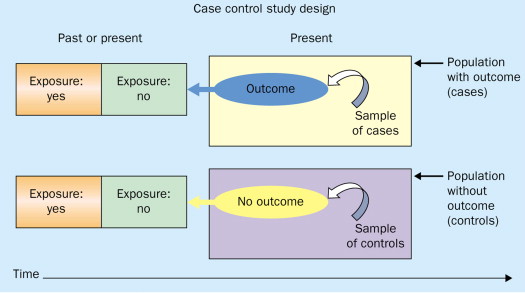Do you interested to find 'case control research design'? Here you can find questions and answers on the topic.
Table of contents
- Case control research design in 2021
- Case-control study example pdf
- Case-control study example
- Case-control study in epidemiology
- Case-control study ppt
- Case control study slideshare
- Case-control study vs cross sectional
- Case study research design
Case control research design in 2021
 This picture representes case control research design.
This picture representes case control research design.
Case-control study example pdf
 This image representes Case-control study example pdf.
This image representes Case-control study example pdf.
Case-control study example
 This picture demonstrates Case-control study example.
This picture demonstrates Case-control study example.
Case-control study in epidemiology
 This image representes Case-control study in epidemiology.
This image representes Case-control study in epidemiology.
Case-control study ppt
 This picture demonstrates Case-control study ppt.
This picture demonstrates Case-control study ppt.
Case control study slideshare
 This picture representes Case control study slideshare.
This picture representes Case control study slideshare.
Case-control study vs cross sectional
 This image shows Case-control study vs cross sectional.
This image shows Case-control study vs cross sectional.
Case study research design
 This picture representes Case study research design.
This picture representes Case study research design.
When to use matching in case control studies?
Matching is often used in case-control control studies to ensure that the cases and controls are similar in certain characteristics, and it is a useful technique to increase the efficiency of the study.
Which is an alternative to case control design?
An alternative which avoids this difficulty is the case-control or case-referent design. In a case-control study patients who have developed a disease are identified and their past exposure to suspected aetiological factors is compared with that of controls or referents who do not have the disease.
What do you mean by case control study?
A case-control study is a type of observational study commonly used to look at factors associated with diseases or outcomes. The case-control study starts with a group of cases, which are the individuals who have the outcome of interest. The researcher then tries to construct a second group of indiv …
What is recall bias in case control studies?
Recall bias in a case-control study is the increased likelihood that those with the outcome will recall and report exposures compared to those without the outcome. In other words, even if both groups had exactly the same exposures, the participants in the cases group may report the exposure more often than the controls do.
Last Update: Oct 2021
Leave a reply
Comments
Shenoa
26.10.2021 10:53Letter a retrospective study looks backwards and examines exposures to suspected risk or auspices factors in relation back to an effect that is settled at the beginning of the cogitation.